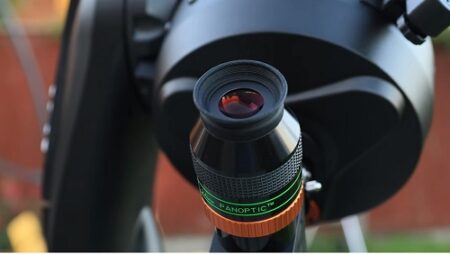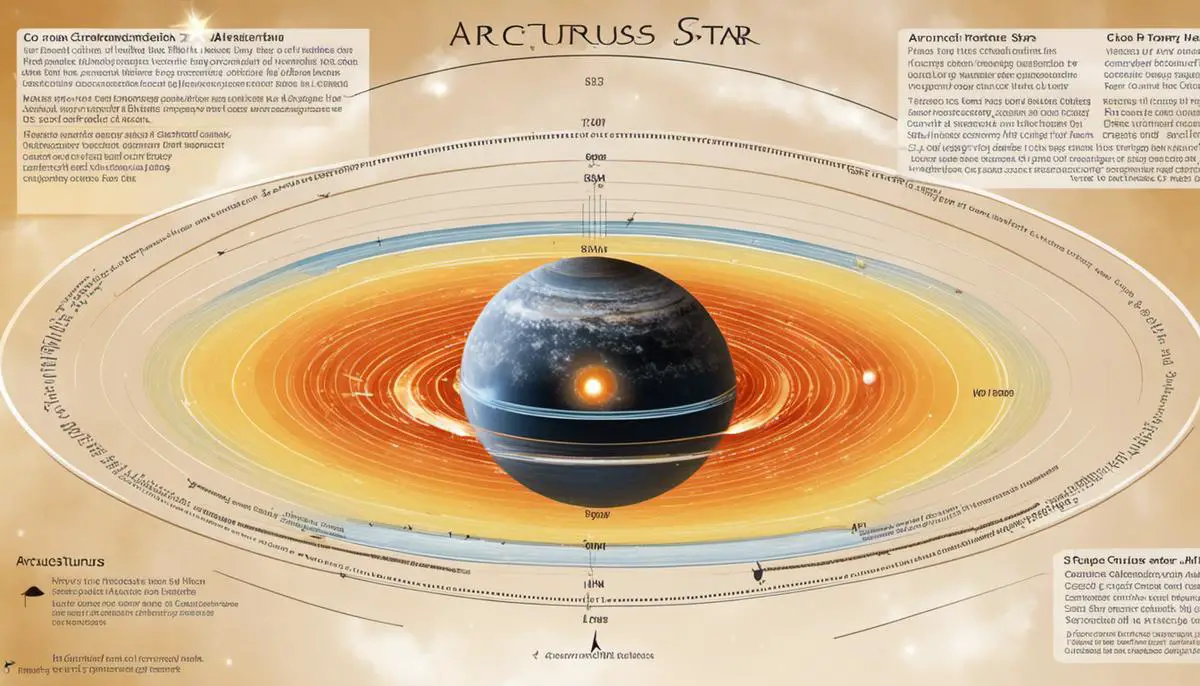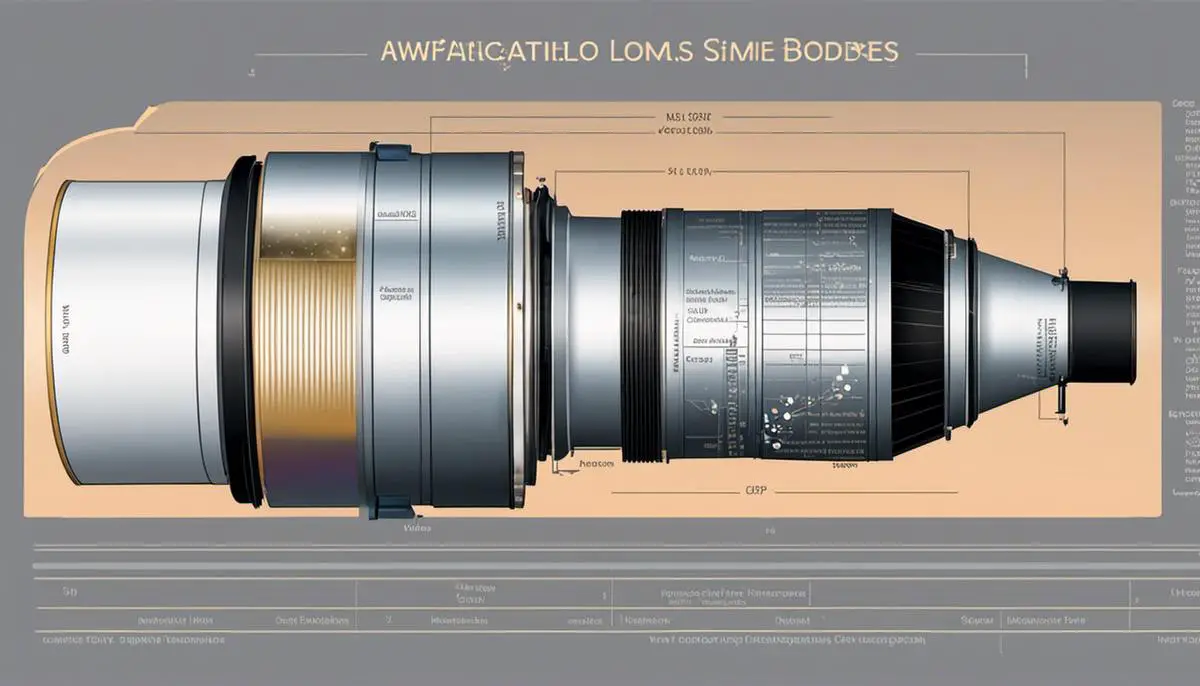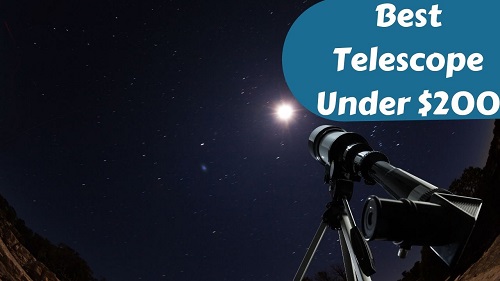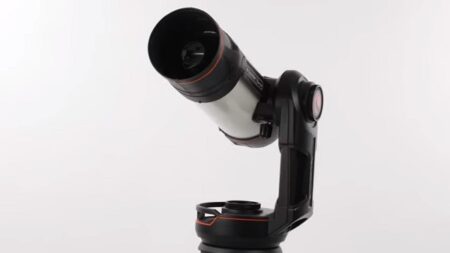Telescopes have always fascinated humanity, offering a glimpse into the vast expanse of the universe. Among the most renowned telescope brands, Meade Instruments stands out with its impressive range of high-quality products.
In this article, we’ll compare two of Meade’s popular telescope models: the Meade LX90 and the Meade LX200. These telescopes have similarities but also important differences that may sway your decision when it comes to purchasing one. So, let’s dive into the world of Meade LX90 vs LX200 and explore their unique features, performance, and value for money.
Before we delve into the details, let’s briefly introduce the Meade LX90 and LX200 telescopes. Both models belong to Meade’s LX series, known for their advanced features and superior optics. These telescopes are designed for amateur and professional astronomers alike, offering exceptional viewing experiences of celestial objects.
Meade LX90 vs LX200
| Feature | Meade LX90 | Meade LX200 |
|---|---|---|
| Optical Design | Schmidt-Cassegrain | Schmidt-Cassegrain (SCT) or Advanced RC |
| Aperture Sizes | 8″ to 12″ | 8″ to 16″ |
| Mounting System | Single-Fork Arm | Dual-Fork Arm |
| GPS Function | Not Built-in | Built-in GPS |
| Autostar | Included | Included |
| Image Quality | Excellent | Superior (Advanced RC option) |
| Tracking | Reliable | Enhanced (Dual-Fork Arm) |
| Portability | Compact | Less Portable |
| Price Range | Affordable | Higher |
Key Differences between Meade LX90 and LX200
Optical Design
The optical design is a crucial aspect when considering a telescope. The Meade LX90 and LX200 differ in this regard. The LX90 features a Schmidt-Cassegrain optical design, combining a corrector plate, spherical primary mirror, and secondary mirror.
On the other hand, the LX200 comes in two variations: the Schmidt-Cassegrain (SCT) and the Advanced Ritchey-Chrétien (RC). The RC design offers improved image quality, making the LX200 a preferred choice for astrophotography enthusiasts.
Aperture Sizes
Aperture size determines the light-gathering capacity and resolving power of a telescope. The Meade LX90 and LX200 are available in various aperture sizes.
The LX90 typically ranges from 8 to 12 inches, while the LX200 offers a broader selection, ranging from 8 to 16 inches. A larger aperture allows for more detailed observations of celestial objects, making the LX200 a preferred option for those seeking higher resolution images.
Mounting System
Both telescopes come with sturdy mounting systems, but there are slight differences between them. The LX90 utilizes a single-fork arm mount, providing stability and smooth movements.
In contrast, the LX200 offers a dual-fork arm mount, which enhances stability and tracking accuracy, particularly during long-exposure astrophotography sessions. The LX200’s mounting system proves advantageous for capturing intricate details of distant galaxies and nebulae.
GPS Functionality
One standout feature of the Meade LX200 is its built-in GPS functionality. This feature enables the telescope to automatically determine its precise location and align with celestial objects accurately.
The LX90, on the other hand, does not have built-in GPS. While it can still be aligned manually or with the help of external devices, the LX200’s GPS functionality simplifies the setup process and makes it more convenient for users.
Autostar Hand Controller
The hand controller plays a vital role in operating and controlling the telescope. The LX90 and LX200 models come with Meade’s Autostar hand controller, which provides a user-friendly interface for navigating the night sky.
However, the LX200’s Autostar controller offers additional features, such as a larger database of celestial objects and more advanced tracking capabilities. These extra functionalities make the LX200 a preferred choice for users seeking a more comprehensive observing experience.
Performance Comparison
When it comes to performance, the Meade LX90 and LX200 offer exceptional results. Let’s compare their key performance factors:
Image Quality
Both telescopes provide excellent image quality, thanks to their high-quality optics. The LX90’s Schmidt-Cassegrain design delivers crisp and clear views of planets, the Moon, and deep-sky objects.
However, the LX200’s Advanced Ritchey-Chrétien design takes image quality a step further, offering superior sharpness and reduced optical aberrations. If astrophotography is your primary interest, the LX200’s RC design will undoubtedly impress with its exceptional image quality.
Tracking Accuracy
Accurate tracking is crucial for capturing long-exposure astrophotography images and observing celestial objects smoothly.
While the LX90 boasts reliable tracking capabilities, the LX200’s dual-fork arm mount and advanced tracking system provide enhanced tracking accuracy. This feature proves invaluable for capturing detailed images of distant galaxies or tracking fast-moving celestial events.
Portability
Portability is an important consideration, especially for those who wish to take their telescope to different locations or travel to remote observing sites.
The LX90 and LX200 telescopes differ in terms of portability. The LX90’s single-fork arm mount and relatively compact size make it more portable compared to the larger and heavier LX200. If you prioritize portability, the LX90’s compact design makes it a convenient choice.
Pricing and Value for Money
Considering the investment required, the pricing and value for money are crucial factors when choosing a telescope.
The Meade LX90 is generally more affordable compared to the LX200, primarily due to the LX200’s advanced features and larger aperture options. However, it’s essential to consider your specific needs and budget to determine which model offers the best value for your money.
User-Friendly Features
Both telescopes excel in offering user-friendly features that cater to astronomers of various skill levels. The Autostar hand controllers provide intuitive interfaces, making it easy to navigate the night sky and locate desired celestial objects. Whether you’re a beginner or an experienced observer, Meade’s LX series ensures a smooth and enjoyable user experience.
Accessories and Compatibility
Meade offers a wide range of accessories to enhance the observing experience with their telescopes. Both the LX90 and LX200 are compatible with Meade’s vast accessory lineup, including eyepieces, filters, focal reducers, and more. These accessories allow users to customize their telescopes based on their specific observing goals and preferences.
Pros and Cons of Meade LX90
Pros:
- Affordable compared to LX200
- Compact and portable design
- Excellent image quality for visual observing
- Suitable for beginners and intermediate astronomers
Cons:
- Limited aperture options compared to LX200
- Lacks the advanced features of the LX200
- Tracking accuracy may not be as precise as LX200
Pros and Cons of Meade LX200
Pros:
- Advanced Ritchey-Chrétien design for superior image quality
- Wide range of aperture options
- Enhanced tracking accuracy for astrophotography
- Built-in GPS functionality for easier setup
Cons:
- Higher price range compared to LX90
- Bulkier and less portable than LX90
- More complex setup and operation
Related Questions
Q: Can I use the Meade LX90 and LX200 for astrophotography?
A: Yes, both telescopes are suitable for astrophotography. However, the LX200’s Advanced Ritchey-Chrétien design and enhanced tracking accuracy make it better suited for capturing detailed astrophotos.
Q: Are the Meade LX90 and LX200 compatible with other telescope accessories?
A: Yes, Meade telescopes are compatible with a wide range of accessories, including eyepieces, filters, focal reducers, and more, allowing users to customize their observing setups.
Q: Which telescope is more portable, the LX90 or LX200?
A: The LX90 is generally more portable due to its compact design and single-fork arm mount. The LX200, being larger and heavier, is less portable but offers advanced features and larger aperture options.
Q: Can I manually align the Meade LX200 without using the GPS functionality?
A: Yes, the LX200 can be aligned manually using traditional alignment methods or with the help of external devices. The GPS functionality is an added convenience for easier and more accurate alignment.
Q: Are the Autostar hand controllers easy to use for beginners?
A: Yes, Meade’s Autostar hand controllers provide a user-friendly interface, making them suitable for beginners. The intuitive design and extensive database of celestial objects simplify the process of navigating the night sky.
Conclusion
Choosing between the Meade LX90 and LX200 ultimately depends on your specific needs, preferences, and budget. The LX90 offers a more affordable option with good image quality and portability, making it suitable for beginners and intermediate astronomers.
On the other hand, the LX200 provides advanced features, superior image quality, and enhanced tracking accuracy, making it ideal for astrophotography enthusiasts and those seeking high-performance telescopes. Consider your priorities and desired observing experiences to make an informed decision.

I’m Ali. BestTelescopeReview.com is my little place on the web to express what I’ve learned first-hand, specially about the telescope part. I am writing these articles to share my love for astronomy with you.

